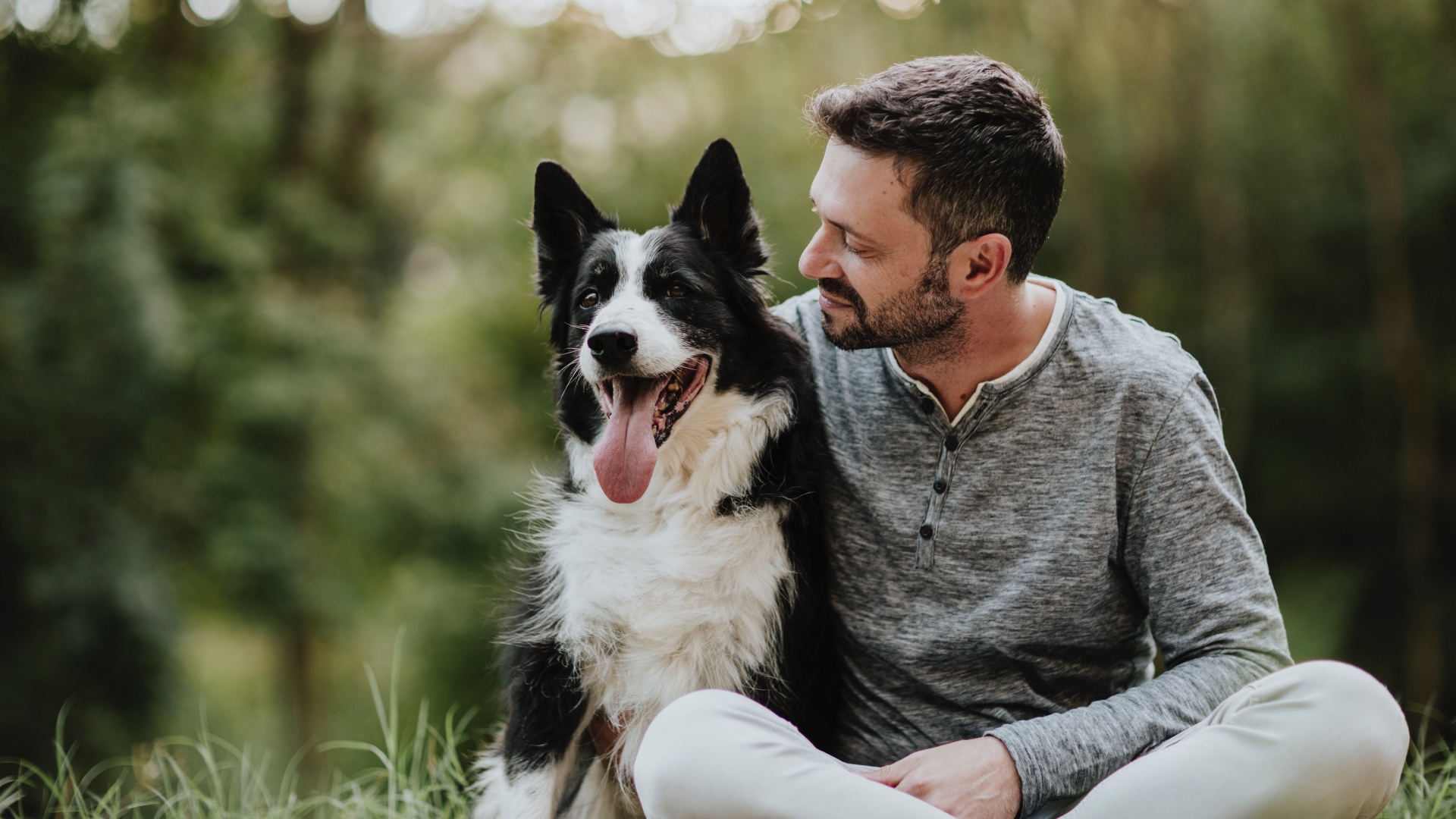
When it comes to thinking about training, we often focus on puppies – or rescue dogs that maybe haven’t had the best start in life. But all dogs can benefit from training, including those adolescent dogs who are making the transition from being a puppy to being an adult dog.
It’s easy to make mistakes when training teenage dogs – after all, none of us are the perfect pet parents all the time! The good news is, there's plenty of great advice out there to get you started on your training journey with your adolescent pup.
So, grab some of the best dog treats and then take a look at the advice professional dog trainer and behavioral consultant Amelia Steele, or Amelia the Dog Trainer, recently shared on Instagram.
“One of the biggest mistakes that people make with teenage dogs is just focusing on tricks and basic behaviors,” Steele begins, “When actually, what you should really be focusing on is bringing them out into public places where they can get used to seeing dogs, people, and just getting used to chilling out and doing things that you do.”
She explains that when your dog is in their adolescent phase it’s a great time to set your dog up for the rest of their lives, with reactivity prevention being one of her favorite things to work on. Doing so might reduce the chances of you wondering how to deal with a badly behaved dog in the future.
Steele continues, “It’s helpful to look to the future and understand what skills or experiences they need to be set up for. If your dog is super distracted as a teenager, we can work on that right now to help prevent reactivity from developing in the future!”
In the video, she’s training an adolescent dog, Nori, to “hang out” in public. They’re inside, and it’s not too busy but there are a few people around – something that could be quite distracting. So, it’s the ideal setting to help train her.
When you have an adolescent dog, you’ve got a dog who’s no longer quite a puppy but not a ‘proper’ adult yet, so it’s the ideal opportunity to put the groundwork in to make them better equipped for the rest of their lives. The age at which a dog might be in the teenage phase can differ from breed to breed, with some entering the stage from just six months old but others still being adolescents until they’re around two.
So, you might be able to reap the benefits of the right training when your dog is an adolescent for a decade or longer!







